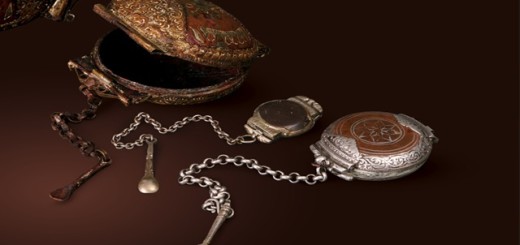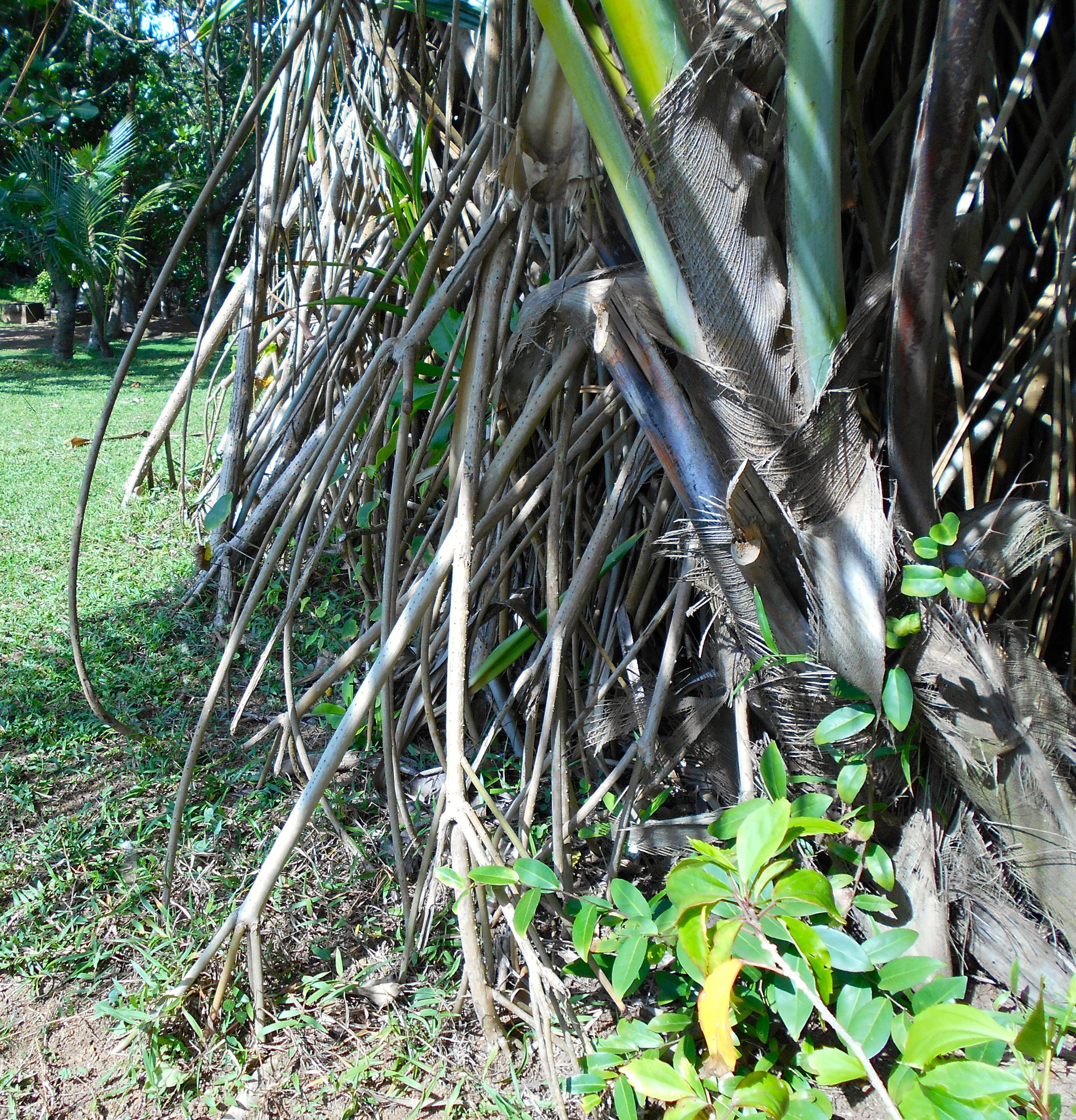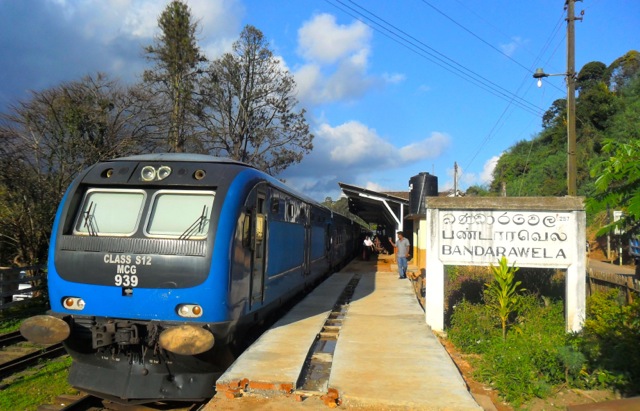SRI LANKA ROUNDABOUT (Number 9) – Galle Fort Flea Market
by · Published · Updated
A weekly look at Sri Lanka for Jetwing by Royston Ellis
Welcome to Jetwingers around the world to this week’s issue of my regular Jetwing newsletter about Sri Lanka.
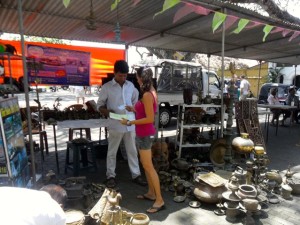 The first Sunday of every month is a good time to visit Galle Fort; that’s when the cobbled, tree-shaded square in front of the law courts is turned into an informal market, a tropical miniature version of the Flea Markets of Paris and London’s Portobello Road.
The first Sunday of every month is a good time to visit Galle Fort; that’s when the cobbled, tree-shaded square in front of the law courts is turned into an informal market, a tropical miniature version of the Flea Markets of Paris and London’s Portobello Road.
Galle Fort has always intrigued visitors, from Chinese and Arab traders to the Portuguese, Dutch and British conquerors who each added more fortifications. After independence, Galle Fort became the preserve of Muslim and Buddhist families as the colonists moved out and merchants followed the trail of prosperity to the developed port of Colombo. Many residences were abandoned and gradually crumbled, while others became schools and small businesses, like printers, workshops and stores.
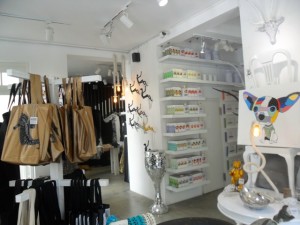 Today’s gentrification and the contemporary trendiness of Galle Fort followed the invasion of prosperous independent travellers keen on discovering new destinations. They discovered Galle Fort and were enchanted. Because it was rather a shambles at the time, even only 20 years ago, properties could be leased – and even bought – cheaply from residents eager to leave the Fort for more prosperous areas.
Today’s gentrification and the contemporary trendiness of Galle Fort followed the invasion of prosperous independent travellers keen on discovering new destinations. They discovered Galle Fort and were enchanted. Because it was rather a shambles at the time, even only 20 years ago, properties could be leased – and even bought – cheaply from residents eager to leave the Fort for more prosperous areas.
There were only a few foreigners at first, people who wanted a bolthole from their normal lives as international writers, publishers and artists. They appreciated the value of the old buildings in the Fort and began to restore them in keeping with traditional style. Gradually Galle Fort shook off its seedy shabbiness to emerge as the arts and crafts emporium it is today.
Galle Fort is no longer a brief stop for a stroll along the ramparts on a round trip tour of the country. It is a destination in its own right. Galle Fort fascinates because of what can be seen and bought while strolling along its cobbled streets. Local ‘boutiques’ (corner shops selling everything) are cheek by jowl with international dress boutiques, trendsetting gift shops, art galleries, handloom studios, antique and gem shops.
To these have been added an informal people’s market held in the central car park on the first Sunday of every month. Here local producers (of food, clothing, toys, arts and crafts, etc.) come to trade while musicians play. There are temporary stalls selling organic comestibles, avant-garde art, brass antiques and cool colourful clothing, in an enchanting, friendly atmosphere. It adds a pleasant, laidback dimension to Galle Fort’s ancient history.
Galle Fort is a 10-minute walk from the Galle Railway station. Seats can be reserved in advance in 1st class on the 6.55am daily train departure from Colombo which arrives in Galle at 9.41am, giving time to visit the market, explore the Fort, have lunch, and catch the return express train at 3.20pm.
Royston Ellis (www.roystonellis.com) is a British author resident in Sri Lanka since 1980.

